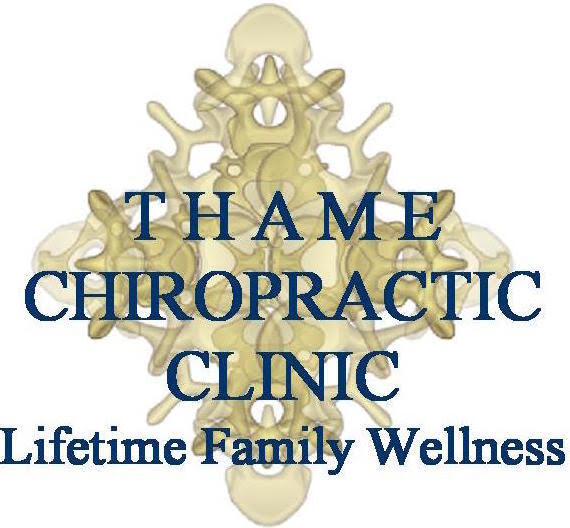Understanding Lumbar Spinal Stenosis

Lumbar spinal stenosis and sciatica are both common conditions that affect the lower back and legs, often causing pain, weakness, and numbness. While they share some similarities, they are distinct conditions with different causes and treatments. Understanding the relationship between lumbar spinal stenosis and sciatica can help individuals better manage their symptoms and seek appropriate medical care.
Lumbar spinal stenosis refers to a narrowing of the spinal canal in the lower back, which can compress the spinal cord and nerves. This narrowing is typically caused by degenerative changes in the spine, such as the formation of bone spurs or thickening of ligaments. As the spinal canal becomes narrower, it can put pressure on the nerves that travel through the lumbar spine, leading to symptoms such as pain, tingling, weakness, and numbness in the lower back and legs. These symptoms may worsen with standing or walking and improve with rest or sitting.
On the other hand, sciatica is a symptom rather than a specific condition. It refers to pain that radiates along the sciatic nerve, which runs from the lower back down the back of each leg. Sciatica can be caused by various conditions, including lumbar disc herniation, degenerative disc disease, or spinal stenosis. When the sciatic nerve is compressed or irritated by these underlying conditions, it can result in pain, tingling, numbness, or weakness that radiates from the lower back through the buttocks and down the leg. The pain may be sharp or burning and may worsen with movement, coughing, or sneezing.
While lumbar spinal stenosis and sciatica can occur independently, they are often interconnected. Lumbar spinal stenosis can contribute to the development of sciatica by compressing the nerves that make up the sciatic nerve, leading to symptoms of sciatica. Additionally, conditions such as lumbar disc herniation or degenerative disc disease, which can cause sciatica, may also contribute to the development of spinal stenosis over time.
Diagnosing lumbar spinal stenosis and sciatica typically involves a thorough medical history, physical examination, and imaging studies such as X-rays, MRI, or CT scans. Treatment options for these conditions may vary depending on the severity of symptoms and underlying causes.
Conservative treatments for lumbar spinal stenosis and sciatica may include rest, physical therapy, anti-inflammatory medications, epidural steroid injections, and activity modification. In cases where conservative measures fail to provide relief, or if symptoms are severe, surgical intervention such as decompression surgery or spinal fusion may be considered to alleviate pressure on the affected nerves.
In conclusion, lumbar spinal stenosis and sciatica are two common conditions that can cause pain and discomfort in the lower back and legs. While they have distinct causes and symptoms, they are often interconnected, with lumbar spinal stenosis contributing to the development of sciatica in some cases. Understanding the relationship between these conditions is crucial for accurate diagnosis and effective management. If you are experiencing symptoms of lumbar spinal stenosis or sciatica, it is essential to seek medical evaluation and treatment to prevent further complications and improve your quality of life.

